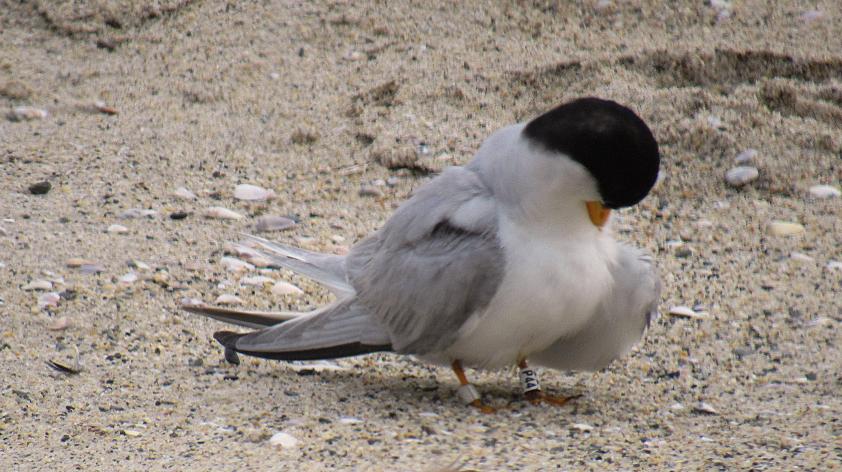
Migration... “the most wonderful time of year”
Migration, one of nature’s most amazing events, is one that many people witness, but many might not realize it. Ask yourself: do I only see a type of bird during certain times of the year, or does the number of that type of bird fluctuate during certain seasons? If your answer was yes, then you have witnessed this extraordinary event that occurs twice a year, during spring and fall. Migration timing is affected by location, elevation, and weather, but also varies by species. Birds breeding up in the Arctic can start migrating south as early as late June, with peak migration occurring August through October.
Migrations occur along different flyways, and here in North America, we have four: the Pacific, Central, Mississippi and Atlantic flyways. San Diego lies within the Pacific flyway.
Some birds that breed here can migrate as far south as Central or South America, but some just go as far as Baja California, or simply descend in altitude or disperse locally for the winter. It is truly amazing to witness the annual movement birds make twice a year. Many birds need to stop along the journey to refuel and rest. These stopover sites are sometimes called Important Bird Areas (IBA).
Here in San Diego County we have 13 listed IBAs, and there are conservation projects occurring on many of these areas by local organizations. I am very fortunate to work in one of these IBAs, the Santa Margarita River Mouth area in northern San Diego County. Here, in collaboration with the Marine Corps, we monitor and conduct research on two species that utilize this unique habitat, the endangered California Least Tern and the threatened Western Snowy Plover.
As a researcher and birder, fall migration is a bitter sweet time of year.
I’m seeing an influx of migratory species that have been gone during the summer months, and it’s exciting seeing new birds coming in weekly; however, this also means the birds I’ve been working with are moving on too. How do I know that I’m seeing new birds? One way to tell is that some birds have color bands on their legs, giving them specific identifications which allows me to find out where the bird came from by communicating with other researchers.
It’s great having this open communication among researchers who work with these birds as well as the public who keep a look out for them. These sightings help us find out about the movement of these specific birds so that we can track their survival, habitat needs, and reproduction, and aid population recovery for these species.
Last year, we began placing alphanumeric bands on California Least Tern fledglings in collaboration with Point Blue Conservation Science and with Tom Ryan, who have been conducting an age-structure study of tern populations and banding chicks and adult terns. Birds may be three years of age on average before they begin to breed, so as a team, we plan to band birds for a few years at least.
In addition to helping us learn about survival and about the age of breeders, these bands will help us identify individuals that come back here to Marine Corps Base Camp Pendleton to breed, or go somewhere else. Bands can also aid in answering the question of where these terns go to winter, which remains poorly known.
So hopefully, with the public and other researchers out there spotting these bands and reporting them back to us, we may find the answer. I’m so excited that we are getting these unique bands out in the population, which will help in future conservation efforts, and I look forward to what we will find out.
Rachel Smith is a Senior Research Associate with the San Diego Zoo Terns and Plovers Program focusing on long-term monitoring and conservation of coastal birds. Rachel is based at Marine Corps Base Camp Pendleton and at the SDZ Institute for Conservation Research. To report banded terns, please email twooten@sandiegozoo.org. To report birds of any species, visit the USGS Bird Banding Laboratory page (https://www.reportband.gov).













